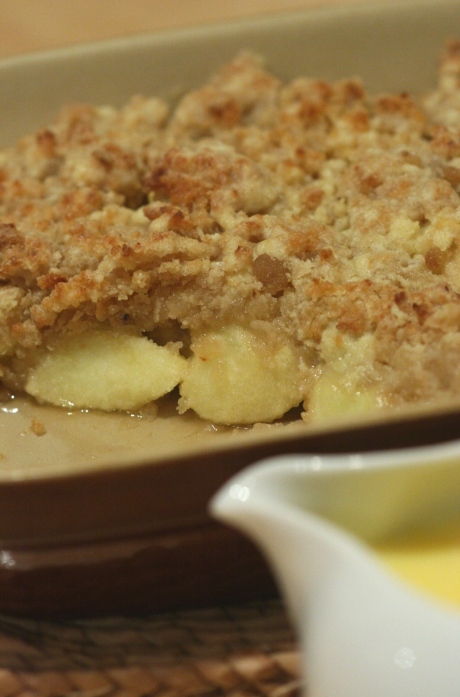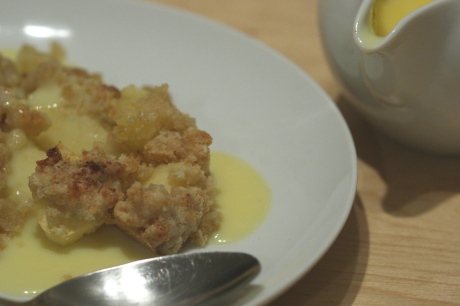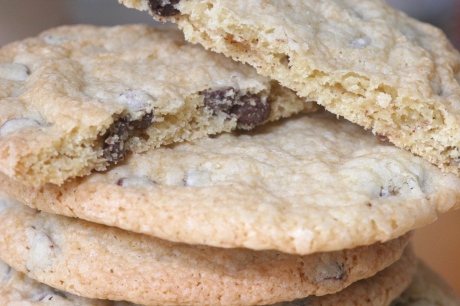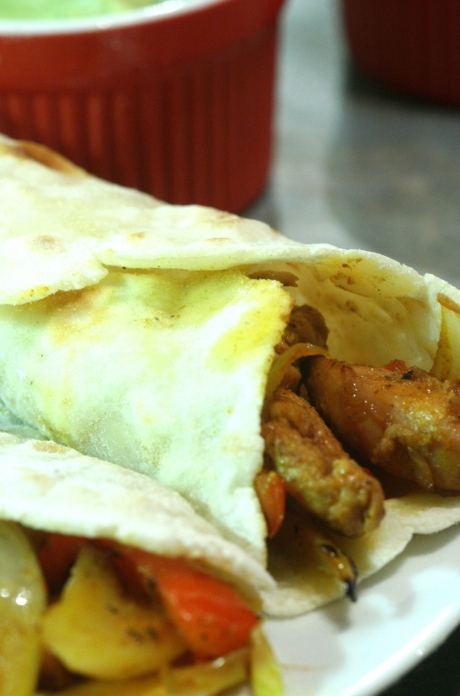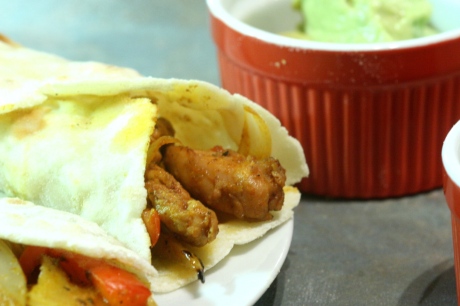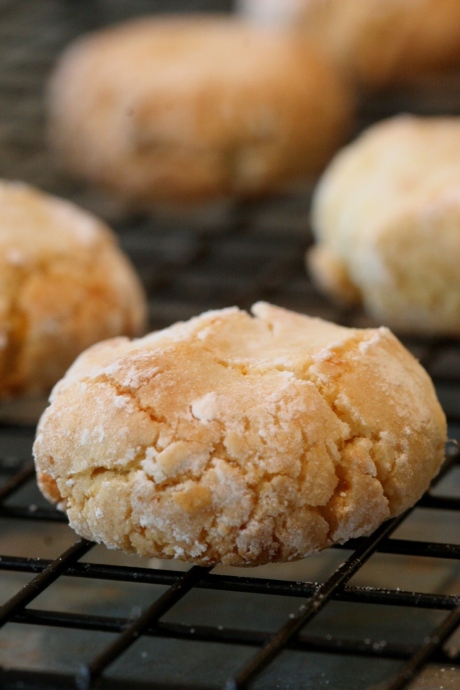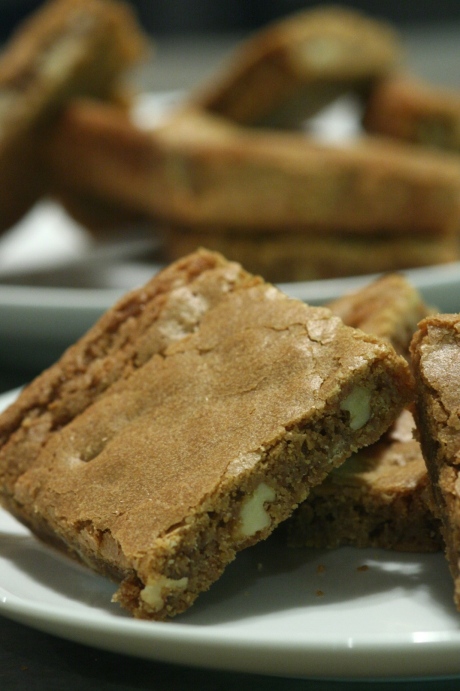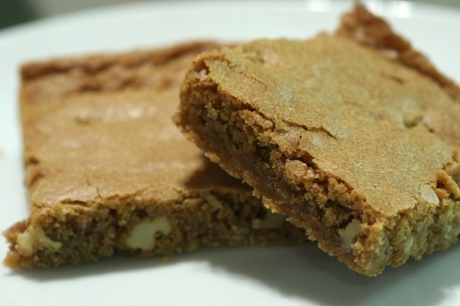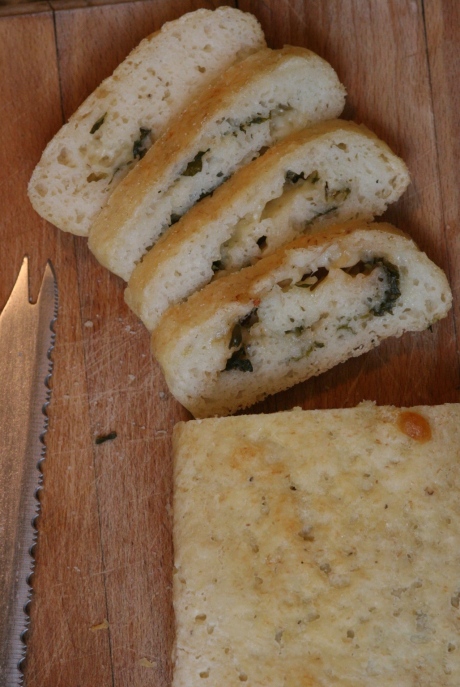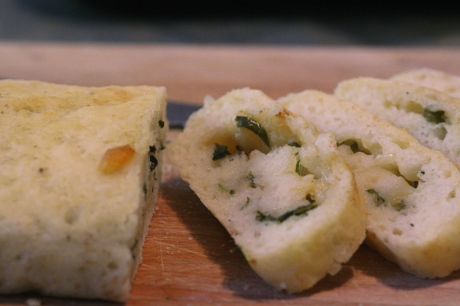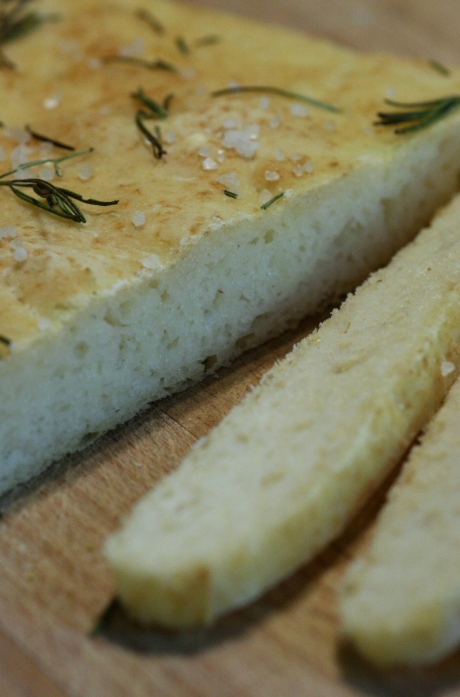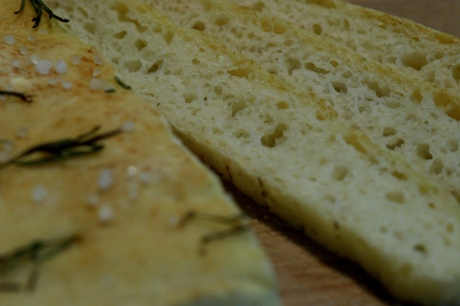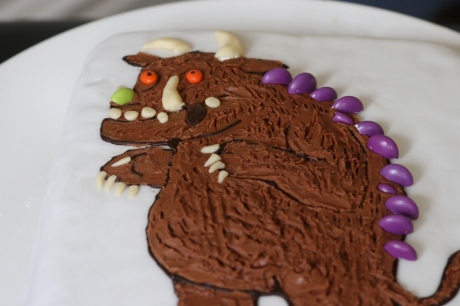I can’t leave gluten-free bread alone. It sounds obvious to say, but I really just want to get it as close to the ‘real thing’ as I can. The brands you can buy have got a lot going for them: they’re light, they remain reasonably fresh and they’re hassle-free. What I don’t like about them, and some brands are more guilty of this than others, is that they tend to dissolve into a gluey mass in your mouth and get stuck in your molars. Oh, not to mention the fact that they’re almost £3 a loaf… I tend to alternate between buying loaves (the M&S loaf is my very favourite, followed by Sainsbury’s own brown multi-seeded and then, if there’s nothing else, Genius multi-seeded) and baking my own.
I can’t get along with the white loaves though. Not only do they have the aforementioned faults but they also have a sweet aftertaste which I find very cloying. Oh, and I suspect that a piece of cardboard would have more nutritional value. So, if I want white bread, I tend to bake my own. I was ecstatic when I discovered psyllium husk several months ago and I’ve been experimenting with it to work out the optimal amount: too much, and the bread can have a bit of a clammy texture. I’ve managed to cut down on the amount considerably, so much so that I’m going to rework some of my previous bread recipes on here to get them as best as they can be.
Something else I’ve noticed with homemade gluten-free bread, is that it takes much longer to toast than commercial brands and there’s always a loud sizzling noise emanating from the toaster. To reduce this, I’ve subbed dried egg white for the fresh one I usually use. I used Dr Oetker which is available in large Tesco stores. A big improvement, I think.
Gluten-free and dairy-free crusty white bread
Makes 1 small loaf
1 tsp psyllium husk
1 tbsp cold water
140g + 40g gluten-free plain (all-purpose) flour
75g + 25g potato flour
12g tapioca flour
4g powdered egg white (half a sachet, equivalent of 1 egg white)
2 1/2 tsp caster sugar
1 1/2 tsp gluten-free baking powder
1 heaped tsp fast-action yeast
1/4 tsp Vitamin C
250ml cold water with 1 tsp of salt dissolved
1/2 tsp xanthan gum
Olive oil
You will also need an electric whisk and a 1-lb non-stick loaf tin.
Begin by placing the psyllium husk in a small bowl or mug with a tablespoon of cold water. Give it a stir and leave it to one side whilst you weigh out all the other ingredients.
Sift 140g of gluten-free plain flour, 75g of potato flour, the tapioca flour, powdered egg white, caster sugar, gluten-free baking powder, fast-action yeast and Vitamin C into a large mixing bowl.
Give the psyllium husk a good stir (it should have become jelly-like). Add this to the mixing bowl, along with the salted water. Whisk with an electric hand whisk for several minutes until the mixture is light and bubbly. Sprinkle the xanthan gum over the top and continue to whisk for another couple of minutes. The mixture will thicken up considerably (watch out that the mixture doesn’t crawl up the beaters and foul up the motor of your whisk).
Sift in the remaining 40g of gluten-free plain flour and 25g of potato flour. Fold in with a metal spoon until thoroughly combined. Pour into the loaf tin, smooth the top with a palette knife and cover with an oiled piece of clingfilm (plastic wrap). Leave in the fridge overnight.
Remove from the fridge about three hours before you wish to bake it. (It should have started to rise slightly). Leave to rise at room temperature then remove the clingfilm.
Preheat the oven to 220°C (I used my top oven which is a conventional oven, so adjust the temperature accordingly). Place a roasting tray at the bottom of the oven to heat up. Before putting the loaf in the oven, throw half a glass of water into the roasting tray to create steam. Bake the loaf for 10 minutes, then reduce the temperature to 200°C and continue to bake for another 30 minutes, or until the top of the loaf is domed and dark golden brown and the base sounds hollow when tapped with your knuckle.
Leave to cool COMPLETELY before slicing (this can take a couple of hours).


